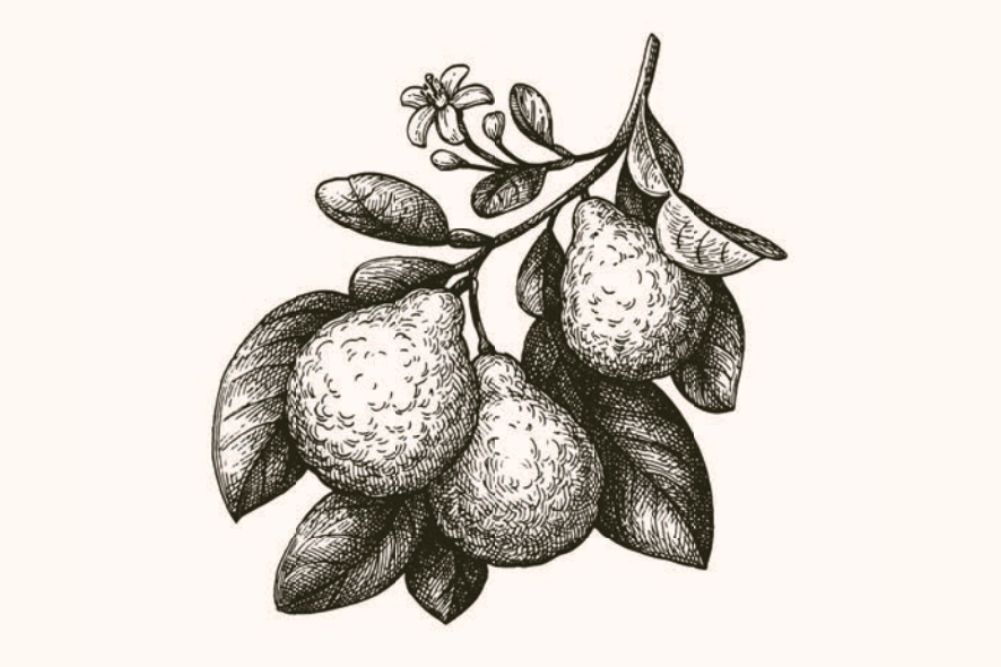Why you should be eating more walnuts
Walnuts are tree nuts of the genus Juglans, the most common varieties being the English (Persian) walnut (Juglans regia) or the black walnut (Juglans nigra). Technically, walnuts are stone fruit and not true nuts. The “nuts” are picked when green for pickled walnuts or when fully ripe for nut meat or walnut oil. While still in the shell, the nut meat is protected by the antioxidants in the brown seed coat.
Polyunsaturated fats of walnuts [lower] LDL and total cholesterol levels.
English walnuts originated in Persia (they were not grown in England but were transported by English ships) and the black walnut is native to eastern North America. The black walnut is tastier but more difficult to shell, so not grown as often commercially.
Once picked, walnuts need to be stored properly or they are susceptible to insect or mould infestation, producing aflatoxin (a potent carcinogen). They are best stored at low humidity, below 25°C.
The nut meat is used as a high-protein food and walnut oil is used as salad dressing but has a low smoke point, limiting its use for frying.
Nutrition
Walnuts contain high protein (15 per cent), high fibre (7 per cent) and high fat (65 per cent). Micronutrients are lutein, zeaxanthin, a range of B vitamins (particularly high in B6) and minerals, particularly manganese (163 per cent RDA), magnesium, phosphorus, potassium and zinc. The fat profile shows high polyunsaturated omega-3 fatty acids with alpha-linolenic acid (14 per cent), linoleic acid (58 per cent) and 13 per cent oleic acid (omega-9).
Polyphenols are the main active ingredients, with seven phenolic compounds including ferulic acid, vanillic acid, coumaric acid, myricetin and juglone. Walnuts also contain ellagitannins, betulinic acid and beta-sitosterol. Phytosterols, tochopherols and squalene are present. Based on serving size, walnuts contain the seventh largest source of total polyphenols of all common foods.
Healing uses
In traditional medicine, walnuts were used for a wide variety of ailments: to treat worms and helminths, for diarrhoea, sinusitis, stomach aches, arthritis, asthma, eczema, scrofula, skin disorders, diabetes mellitus, anorexia, thyroid dysfunction, cancer and infectious disease, to name a few.
Cardiovascular
There have been many studies conducted on the therapeutic activity of walnuts (and other nuts) on the cardiovascular system. They have been shown to lower total cholesterol and the LDL fraction, trigylcerides and the ApoB marker, while increasing the protective HDL and antioxidant defense systems. Higher doses give better results. They were also found to lower blood pressure in people without diabetes.
The anti-inflammatory effect reduces the risk of atherosclerosis development in human aortic endothelial cells. Walnut derivatives have also been shown to reduce the oxidation of LDLs, thus reducing the risk of atherosclerosis through this mechanism.
Walnuts have protective properties in cardiovascular disease in overweight humans with visceral adiposity (weight collecting around the abdomen) — a known risk factor for cardiovascular disease and metabolic syndrome.
Comparing walnuts with fatty fish, research has shown that these foods regulated different components of cholesterol metabolism — the polyunsaturated fats of walnuts lowering LDL and total cholesterol levels in people with high blood fats, and the fatty fish lowering triglycerides and raising HDL cholesterol. Overall, the high walnut diet showed better results than the high fish diet in regulating cholesterol, as well as improved antioxidant capacity. One for the vegetarians!
Neurological
The anti-inflammatory and antioxidant ingredients of walnuts improve neurological function, increasing signalling, neurogenesis (development of new neurons) and reduction in the amyloid plaques involved in dementia, thus being neuroprotective. Walnuts have been shown to assist in the maintenance of brain health and cognitive function in aging populations.
Metabolic syndrome and diabetes
Regular consumption of walnuts reduces the risk of the development of metabolic syndrome and type 2 diabetes, due to the anti-inflammatory and antioxidant properties.
Obesity
Despite the high fat, energy-dense content of walnuts, the high protein and dietary fibre components contribute significantly to the feeling of satiety. Along with the high levels of micronutrients, the net effect is that walnuts have an inverse association with higher levels of consumption (one handful daily is ideal) and lower body weight, helping to prevent both obesity and type 2 diabetes.
Gastrointestinal
Beneficial changes in gut microbial communities were shown on the ingestion of walnuts. In rat studies, increased levels of lactobacillus were measured. Walnuts are prescribed for chronic constipation, intestinal toxaemia, giardia, portal congestion and haemorrhoids. Green black walnut hulls have been used as a traditional medicine to expel parasites, worms and a variety of pathogenic organisms inhabiting the gut. The juglone component has shown antimicrobial, antiparasitic effects, which when combined with its laxative activity assist in removing these organisms.
Liver function
Walnut consumption reverses non-alcoholic fatty liver. It’s said that three things are necessary for a healthy liver: walnuts, coffee and oily fish.
Anticancer
The proteins from walnuts showed antiproliferative activity against cancer of the prostate and breast as well as melanoma and leukemia. Walnuts have been shown to afford partial protection from colon cancer, possibly due to the beneficial changes to the gut microbiome. Ellagic acid from walnuts is protective against UVA (sun-related) skin cancer by reducing the DNA damage in skin cells. Various studies have been conducted showing that walnuts improve pathways related to cancer initiation, development and progression.
Eating walnuts
To get the most nutrients from walnuts it’s best to activate them before eating. This means soaking them in filtered water with a little salt for 4–12 hours then draining them before consuming. This increases the bioavailability of nutrients and takes away the mouth dryness that can occur when eating these nuts.








